Unesco World Heritage Sites in Mexico
Categories: community, National Parks, Photo, Travel
Mexico has the largest number of UNESCO designated World Heritage Sites of any country in the Americas and the sixth most in the world. As of August 2010 there were 27 cultural sites and 4 natural sites on the list, a total of 31.
1- Agustin Cardenas Castro Palacio de Justicia de Michoacan Morelia photo by Mirari Erdoiza, some rights reserved.
2- Pre-Hispanic City of Chichen-Itza.
Chichen Itza was a large pre-Columbian city built by the Maya civilization. The site exhibits a multitude of architectural styles, reminiscent of styles seen in central Mexico and of the Puuc and Chenes styles of the northern Maya lowlands. Chichen Itza is one of the most visited archaeological sites in Mexico; an estimated 1.2 million tourists visit the ruins every year. Photo giuseppe di pietrantonio, All rights reserved.
3- Historic Centre of Oaxaca & Archaeological site of Monte Alban.
Monte Alban is one of the most impressive ruins in Latin America. It has the largest set of ruins near Oaxaca city, and, as such, can become very crowded. Photo French Hope, some rights reserved.
4- Historic Town of Guanajuato & Adjacent Mines.
Guanajuato is a city in central Mexico. The name of the city means “Place of Frogs” in the local indigenous language and therefore the frog is the city’s official pet. Guanajuato is a beautiful mountain colonial town. Many tourists and locals consider this city to be the most beautiful in Mexico. It used to be a major silver mining town, and many of the mines are still active. Photo Mirari Erdoiza,some rights reserved.
5- Historic Monuments Zone of Queretaro.
Santiago de Querétaro is the capital and largest city of the state of Querétaro. In 1996, the historic center of Querétaro was declared a World Heritage Site by UNESCO. Today, the city is one of the fastest-growing in the country, with its economic base in industries such as chemicals, paper products and machinery. This has caused the city and the metropolitan area to attract many migrants from other parts of Mexico. Photo Mirari Erdoiza, some rights reserved.
6- Historic Center of Mexico City & Xochimilco.
The old city center or Centro Historico of Mexico City, centered around the Plaza de la Constitucion, is an area clearly different from the rest of the city. Its colonial and European architecture and narrow cobblestone streets set it apart from the rest of Mexico City. It has an enormous amount of stores, street vendors, and especially crowds. Without a doubt, this area is one of the most popular areas in Mexico City. Photo Mirari Erdoiza,some rights reserved.
7- The Monarch Butterfly Biosphere Reserve.
The Monarch Butterfly Biosphere Reserve is a conservation area and World Heritage Site within the wintering grounds of most of the monarch butterflies that migrate from east of the Rocky Mountains for up to 4,000 km south to central Mexico. It is estimated that between 60 million and 1 billion butterflies arrive in this area alone any given year. Photo Grace Aguirre, All rights reserved.
8- Pre-Hispanic City & National Park of Palenque.
Palenque was a Maya city state in southern Mexico that flourished in the 7th century. The Palenque ruins date back to 226 BC to its fall around 1123 AD. After its decline, it was absorbed into the jungle, which is made up of cedar, mahogany, and sapodilla trees, but has been excavated and restored and is now a famous archaeological site attracting thousands of visitors. Photo Armandina Monroy, All rights reserved.
9- Protective Town of san Miguel de Allende.
San Miguel de Allende is a city and municipality located in the far eastern part of the state of Guanajuato in central Mexico. Historically, the town is important as being the birthplace of Ignacio Allende, whose surname was added to the town’s name in 1826, as well as the first municipality declared independent of Spanish rule by the nascent insurgent army during the Mexican War of Independence. The main attraction of the town is its well-preserved historic center, filled with buildings from the 17th and 18th centuries. Photo Mirari Erdoiza, some rights reserved.
10- Pre-Hispanic Town of Uxmal.
Uxmal is an ancient Maya city of the classical period. Today it is one of the most important archaeological sites of Maya culture. The buildings take advantage of the terrain to gain height and acquire important volumes, include the Pyramid of the Magician, with five levels, and the Governor’s Palace which covers an area of more than 1.200m². Photo Emmanuel Levy, All rights reserved.

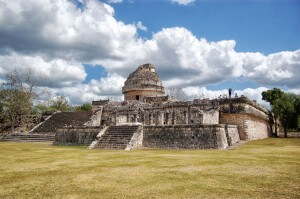
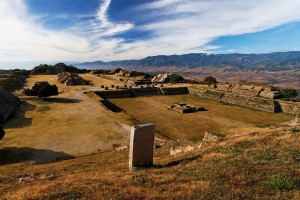
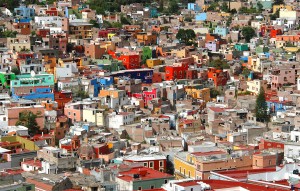
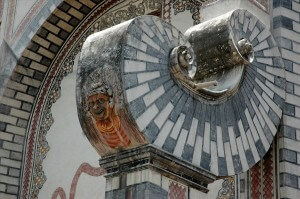
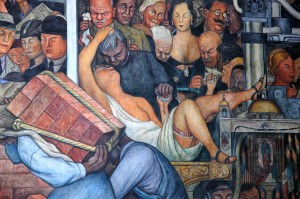

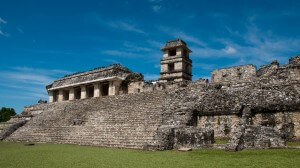
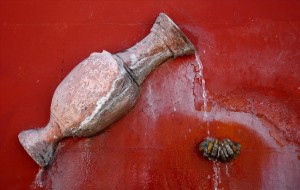
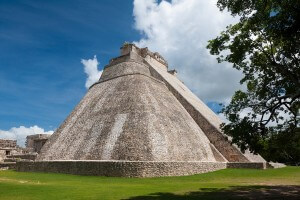
No comments yet.